Introduction
EMT is a Chinese manufacturer of pipeline cleaning tools and chemical injection systems. We provide a variety of products. In this essay, I will introduce one of the main products: foam pigs. If you have any needs or questions about our products, feel free to contact our EMT team.
Pig Selection Basis
Pig selection is a multi-objective and multi-factor decision. Primarily through the mechanical strength of the pig, wear resistance, adsorption, reactivity of the conveying medium in the pipeline, and the ability to select the appropriate pig. The details are as follows:
1) Pigging target. The first thing you need to know is whether there are liquid or solid impurities in the pipe. Then estimate the amount of impurities. If more sediment impurities are expected, the gas pipeline can choose a pig with a discharge hole, and the sand can be blown up through the gas body of the discharge hole to avoid blockage.
2) Pipeline operation stage. The new pipeline needs to clean the residual residue, undergo preliminary measurement, a pressure test, drying, and other trial operation operations. Regular cleaning of wax deposits and dirt is required during pipeline operations to inhibit corrosion.
3) Determine the driving medium (oil, water, or gas) characteristics of the pigging.
4) Quantité d’interférence entre les porcs. Consider the minimum bending radius and bending angle of the pipe, the minimum and maximum inner diameter, the connection of the branch pipe, the elevation change along the line, and the type, position, and size of the valve, tee, or elbow along the line.
5) Processus de raclage. La plage des valeurs de pression motrice fournies par le tuyau (pression de service maximale admissible du tuyau, pression de fonctionnement du tuyau, changement des paramètres de température), ainsi que la plage des valeurs de vitesse possibles pour le fonctionnement du racleur et la distance maximale dont le racleur a besoin pour courir.
6) The size of the steel brush and scraper on the pig. Selon l’épaisseur des dépôts de cire dans le pipeline et la plage de force motrice, une considération complète.
7) La résistance mécanique, la résistance à l’usure et la réactivité du racleur en contact avec le fluide dans le pipeline.
Development Tendency
The evolution of pipeline pigs is increasingly tailored to meet the demands of long-distance pigging, where the spacing between stations is extensive. Specifically, there is a growing expectation for enhanced pig bowl configurations, increased bowl strength, and improved transmitter quality. For instance, the Central Asia Natural Gas Pipeline serves as a prime example of this trend. Spanning a total length of 1833 kilometers with a substantial pipe diameter of 1067 mm, the pipeline operates under a design pressure of 9.81 MPa and boasts a significant design transmission capacity of 300×10^8 m³ per annum. Remarkably, the intervals between pigging stations on this pipeline measure 201 km and 250 km, respectively.
Upon commencing operation, the chosen pig for initial use was a lightweight design featuring two discs and four cups, which provided a robust passing ability. The main technical parameters of this pig reflected the stringent requirements for efficient long-distance pigging operations, acknowledging the necessity for reliability and effectiveness in pipeline maintenance and cleaning.
The design of the pig incorporates polyurethane material for both the supporting cup and the dish cup, exhibiting Shore hardness levels of 85HA and 80HA, respectively. The pig operates effectively under pressures exceeding 12 MPa and within a temperature range of -30 to 100°C. It maintains a minimal interference quantity of 3%. With a mass of 0.6 tons, the pig requires a minimum pressure differential of 0.2 MPa in the pipeline and can sustain operations over distances greater than 300 km. It navigates bends with a minimum radius of 3D, where D represents the pipe diameter, and it can handle up to 25% of maximum pipe diameter deformation. The pig also supports the installation of a tracking device, enhancing its functionality by promptly locating any blockages in the pipeline when they occur.
Types of EMT Foam Pigs
Bare Foam Pigs
There are three kinds of densities: low density, middle density, and high density. Low and middle densities are more common. The low density is usually between 25 kg/m³ and 35 kg/m³. The middle density is usually between 35 kg/m³ and 90 kg/m³. And high density is usually from 90 kg/m³ to 220 kg/m³. Different needs can be satisfied.
Avantages
Foam pigs offer a cost-effective solution, being significantly cheaper than mechanical pigs. They boast rapid delivery times and a lightweight design. Additionally, their excellent water-absorbing capabilities enhance their efficiency.
Fully Coated Foam Pigs
This kind of pig features a polyurethane-coated surface. It ensures the cleaning efficiency of the pipe. They are fully coated, providing excellent wear resistance.
Fully Coated Foam Pigs with Brushes
According to its name, we know that this kind of pig owns brushes. Its surface is fully polyurethane coated. Through the brushes, it brings a better cleaning effect to the pipes.
Criss-cross Foam Pigs
A crisscross foam pig is different from a fully coated pig. There are additional decussations. It ensures both water-absorbing and cleaning efficiency.
Ball Foam Pigs
They are all ball types, which have high flexibility. The ball type ensures the pipe elbow pass rate.


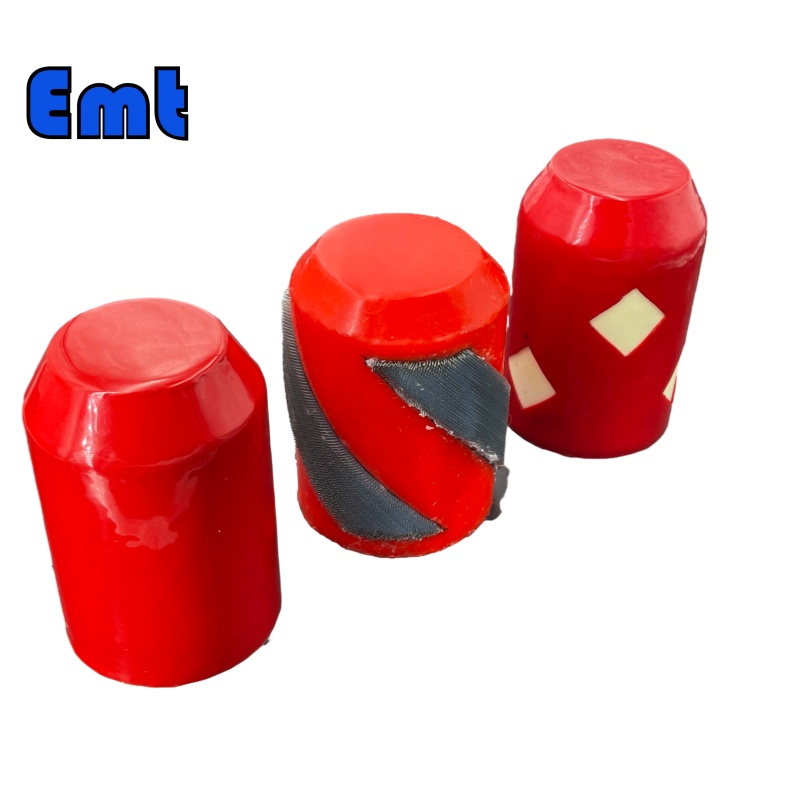
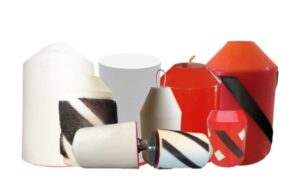
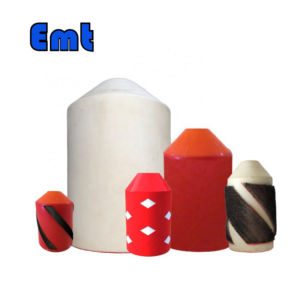
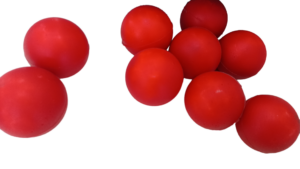


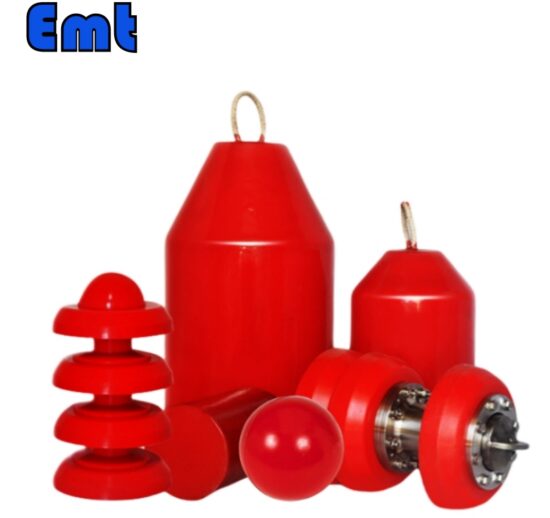
Il n’y a pas encore d’avis.